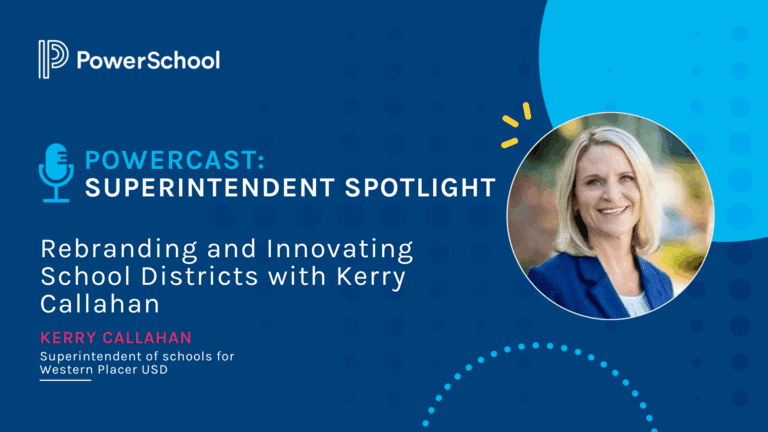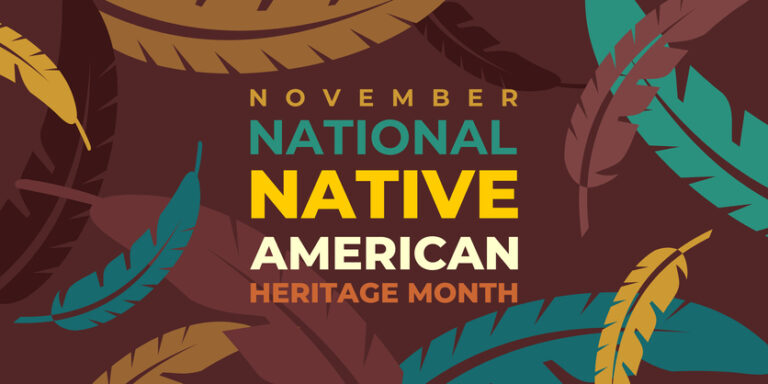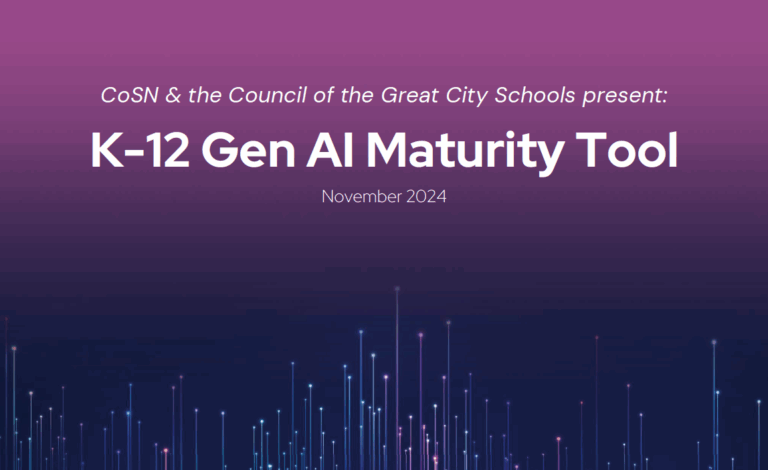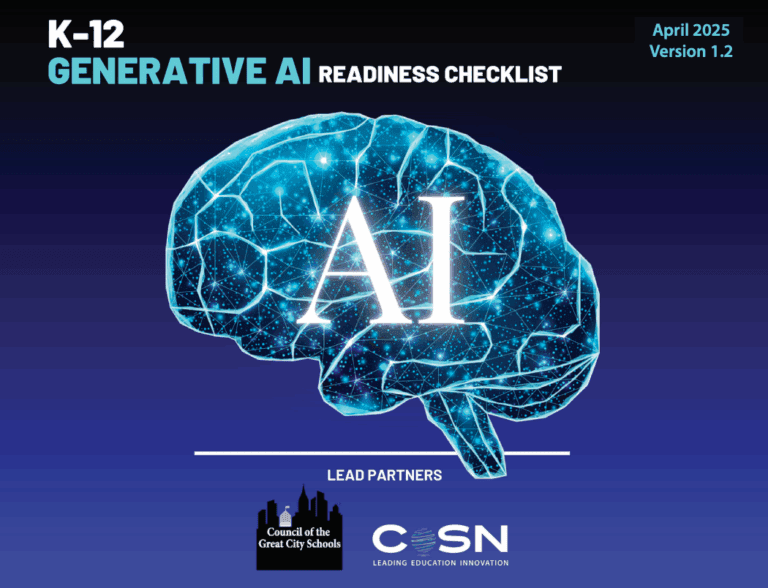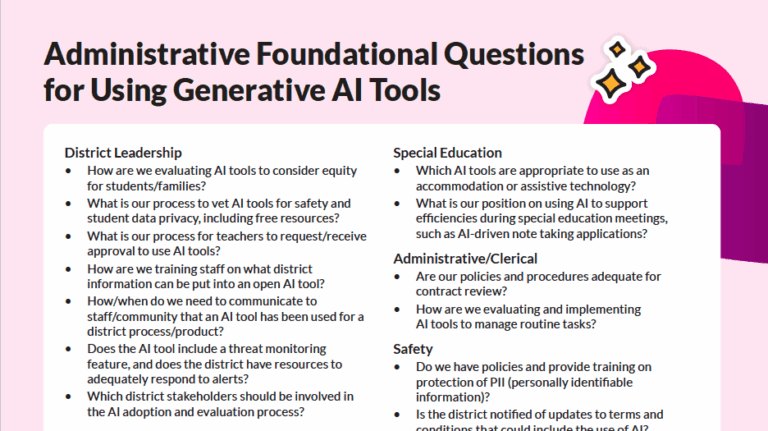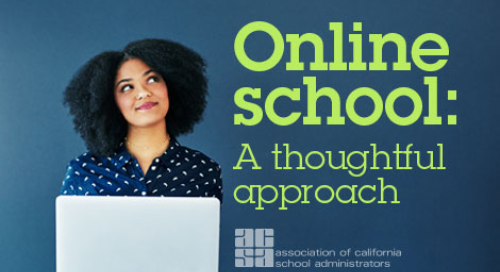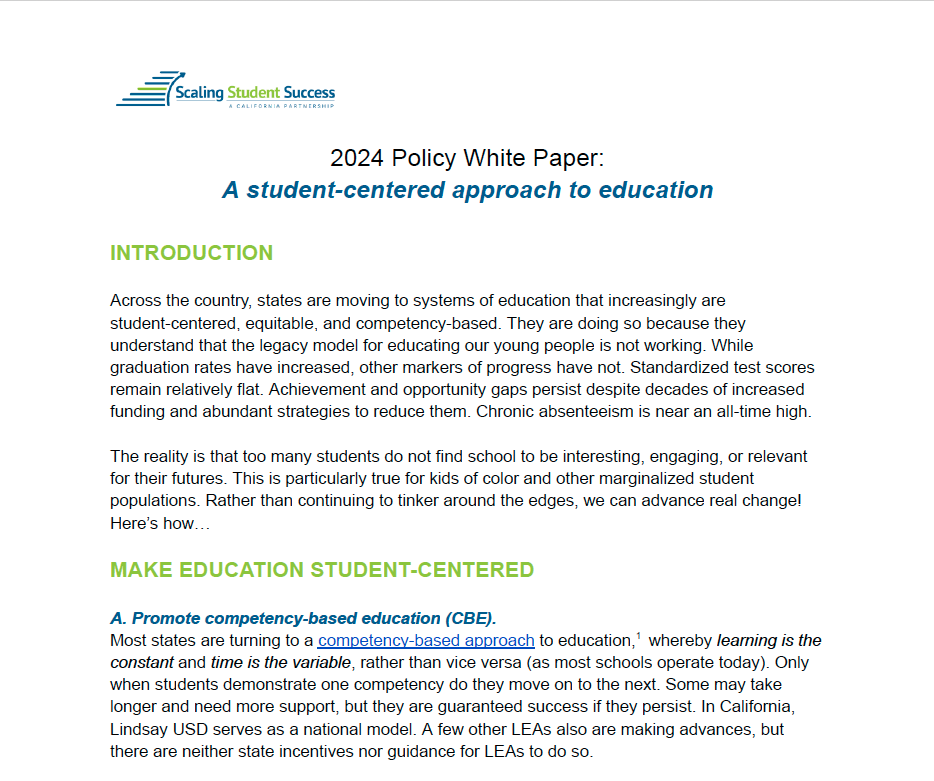By NAESP, an ACSA Affiliate
It’s that time of the year when principals seek to hire energetic, motivated, and effective teachers. Although the prospect of hiring new staff can be exciting, the process can be challenging. Finding—and keeping—the best teachers is one of a principal’s top responsibilities. Establishing methods to maximize the hiring process will help you find the best fit.
Here are three best practices to make the best hiring decision.
1. Assemble your team
In “Making the Most of Interviews,” principal Cris Blackstone discusses the importance of choosing the right team to help provide their expertise to make the best hiring decision.
To begin, you must have a well-rounded interview team. It’s OK to have two members who work in the same department, as long as they bring different expertise to the team. If you surrender focusing on having a person from each department or each grade level as part of the interview team and instead focus on the characteristics you may be looking for in an ideal candidate, you will net more information from the candidates to make a final hiring decision. What characteristics are you looking for? What sort of diversity do you need as you look ahead and decide how you are going to build a stronger faculty?
After you’ve identified interview team members, make sure each person understands exactly why he or she was selected. It’s not enough for a teacher to feel he or she was asked to participate only because the individual represents the Unified Arts teachers. Every member of the interview team should be able to articulate what they bring to the process—for example, eight years of employment with the school district.
2. Ask the right questions
Blackstone also emphasizes building a strategy around asking the right questions in order to receive the best response.
Abandon the idea of going around the circle, with each member asking one question and moving on to the next person and next question when the candidate completes her answer. Instead, consider allocating each interview team member a designated time to hold a brief discussion with the candidate. That enables the interviewer to have a free-flowing conversation about each answer, and means that the initial question asked will lead to a subsequent question of more substance, based on the candidate’s response.
Your change in how team members are introduced to candidates works seamlessly with these short one-on-ones because it will help the candidate direct the responses to the person asking and to the targeted area of expertise that interview team member brings to the table. Take this as an example: If an interview team member introduces himself as a math teacher who has done a lot of committee work on issues about middle-level education, a good candidate’s responses to him likely will focus more on middle-level issues than the random question that he may have been assigned to ask in a traditional interview process.
3. Get students involved
As key stakeholders in the teacher hiring process, with appropriate assistance, students can help make decisions about which candidate is the best fit. Author Chris Dodge in “Can Students Search for New Staff?” says that involving students is one of many efforts made to promote student leadership and engagement.
With guidance, elementary students can help make major decisions about the future of their school—specifically, hiring new staff. At Fletcher Elementary School, sixth-grade students are deeply involved in the process of hiring new staff. They conduct every aspect of the job searches, from crafting the job postings and reviewing applications to writing questions and conducting interviews. Their work isn’t complete until they’ve made a hiring recommendation to the superintendent.
Fletcher Elementary emphasizes strong communication and collaboration throughout the curriculum, and students practice these skills during events such as classroom meetings and debates. Over time, students assume more responsibility for their own learning.










